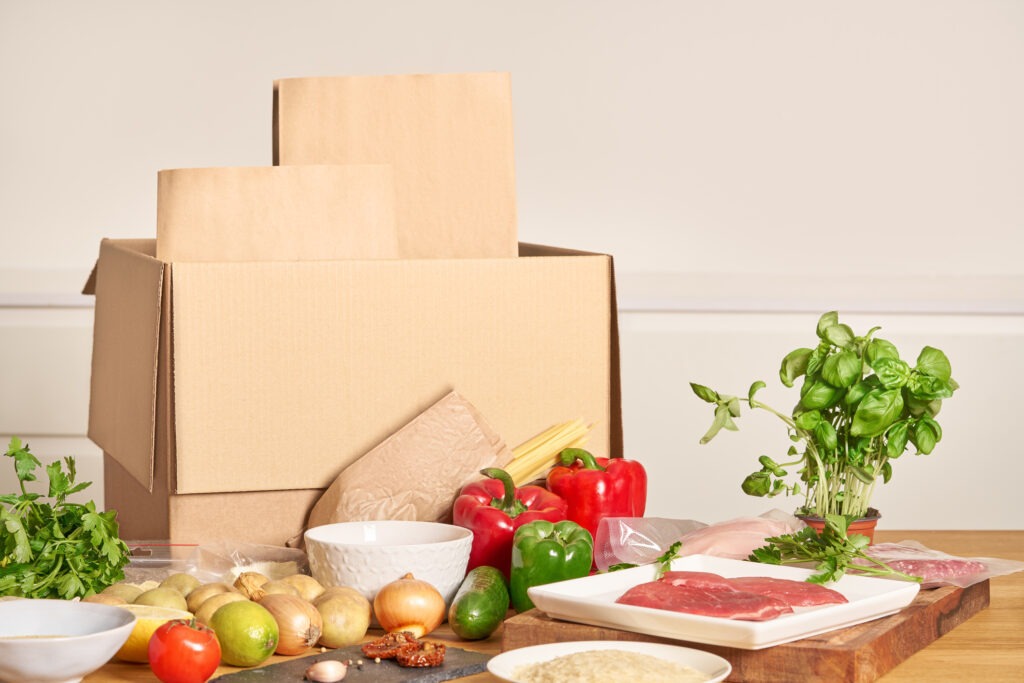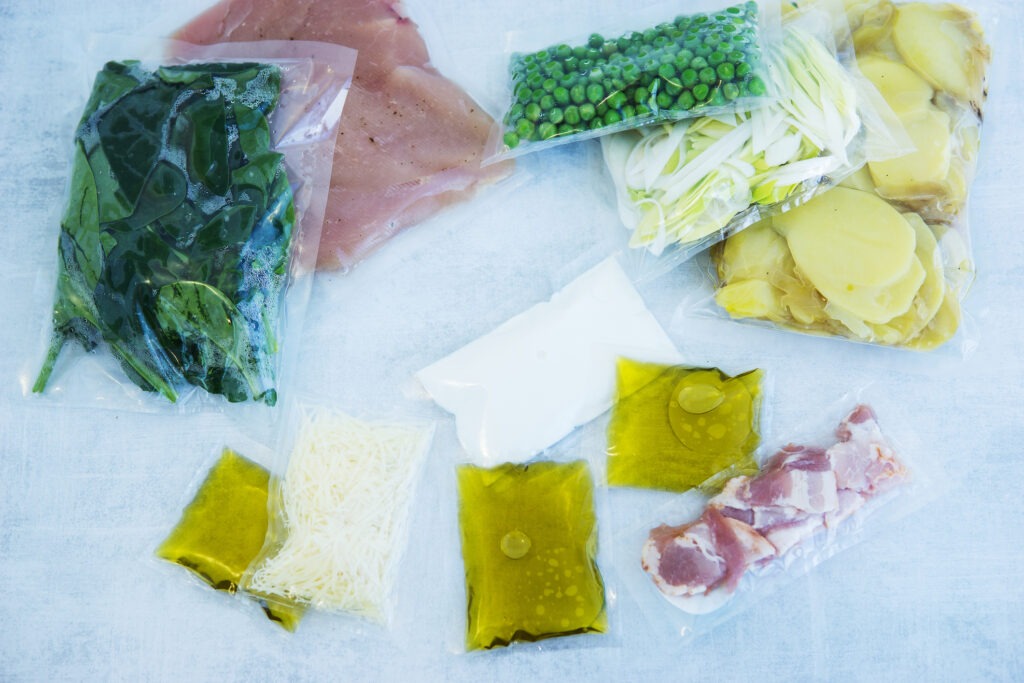Considering a Subscription Model? Here’s What You Need to Know.
These days, there are a lot of options to subscribe. We can now sign up online for boxes, services, streaming media, etc. But outside of the seemingly indispensable Netflix and Amazon Prime or the novelty of IPSY, what are we really sticking with? It turns out, not a whole lot.
According to analysts, customer churn is significant, with nearly 4 in 10 subscribers hitting ‘Cancel’ – and typically within the first 3 to 6 months. For items like meal kits, the numbers are even worse.[1] For a business model designed to drive loyalty and deliver recurring revenue, something feels off. And yet, with all of the COVID-19 restrictions, the timing actually feels right. But which type should you pursue? Here’s a place to start:
- If you have a commodity product, and/or a particularly high rate of repeat purchase and the margins to afford financial incentives that help customers save time and money, you may be a candidate for an auto-renewable subscription model. Think: MyPanera+Coffee or Katz’s Delicatessen ‘Katz’s Classic’
- If you have a dynamic, in-house expert with a sizable social media following, fan base or other form of street cred (or access to influential partners), AND you excel at being first-to-know or at least agile enough to quickly execute on trends, you may be a candidate for a curated subscription model. Think: CrateChef or Hot Ones Subscription Boxes
- If you offer an in-demand service, have the means to provide substantial, ever-changing content, activities or events, OR have an offering where ongoing education encourages usage, you may be a candidate for an unlimited access subscription model. Think: DashPass or NYT Cooking
After determining the appropriate model – as well as basic logistics like pricing, product, supply and distribution – your next step is to acquire and retain a subscriber base. As you move past the initial development phase, let us provide you with recommendations on how to execute:
Leverage existing customers, they are your lowest hanging fruit. They can help you vet ideas, optimize offerings and are cheaper to enlist. Nike Adventure Club, a kid’s shoe subscription service, initially tested the viability of their concept with 10,000 families from their existing database.[2]
Market your offering: to monetize you’ll need to attract new users. The majority of MyPanera+Coffee’s initial sign-ups were driven by digital outreach.[3]
Capture subscriber behavior and use it to personalize offerings and messaging. The more you know, the better you’ll get at satisfying them. Marathon subscribers expect the experience to be “more tailored over time.”[4] Coffee subscription company, Bottomless, uses predictive analytics to determine the precise moment for auto-shipment.[5]
Remove the work. Insiders have coined the term “subscription fatigue”, and it happens when consumers find the process too much work, for example:[6]
• Having to answer too many questions in order for an offer to be curated
• Having to routinely make choices about what will be delivered
• Pausing deliveries
• Having to deal with shipping issuesConsider partnerships. Collaborate on offerings, invite special contributors, etc. Give subscribers more variety and expand your reach. Magazine subscribers were delighted to learn that celebrity chef Marcus Samuelsson would serve as brand advisor and guest editor for Bon Appetit.[7]
Rethink frequency. Subscribers tend to cancel when they notice the deliveries piling up or realize they haven’t had time to use the access or service they’ve paid an advanced fee for. These are the instances where monthly cadence – a standard in subscription models – can be overkill from both a practical and emotional standpoint. When this is the case, hold fast to the old marketing mantra: Fewer, Bigger, Better.
Master the unboxing. Heighten anticipation of delivery and discovery. In addition to a great offering, make sure it’s packaged in a protective, beautiful and sustainable way.
Foster community. Connect subscribers to each other to provide peer reviews and recommendations, share experiences, contribute content and recruit new members.
In summary, the best subscription models will seek to understand and improve the customer experience from end-to-end.
[1] “Thinking inside the subscription box: new research on e-commerce consumers”, McKinsey & Company, 2/18
[2] “Nike’s first shoe subscription, two years in the making, is here”, Fast Company, 8/12/19
[3] “Seeing Success With Coffee Subscriptions, Panera Wants to Be More Like Netflix”, Adweek, 7/27/20
[4] “Tips For Running A Successful Subscription Business”, Forbes, 1/19/20
[5] “A year ago, this company has 750 customers. Today it has 6,000”, CNN, 10/23/20
[6] “The status of subscription boxes”, NRF, 4/01/20
[7] “Bon Appetit Names Marcus Samuelsson as Advisor, Guest Editor”, Fashion Week Daily, 8/17/20



